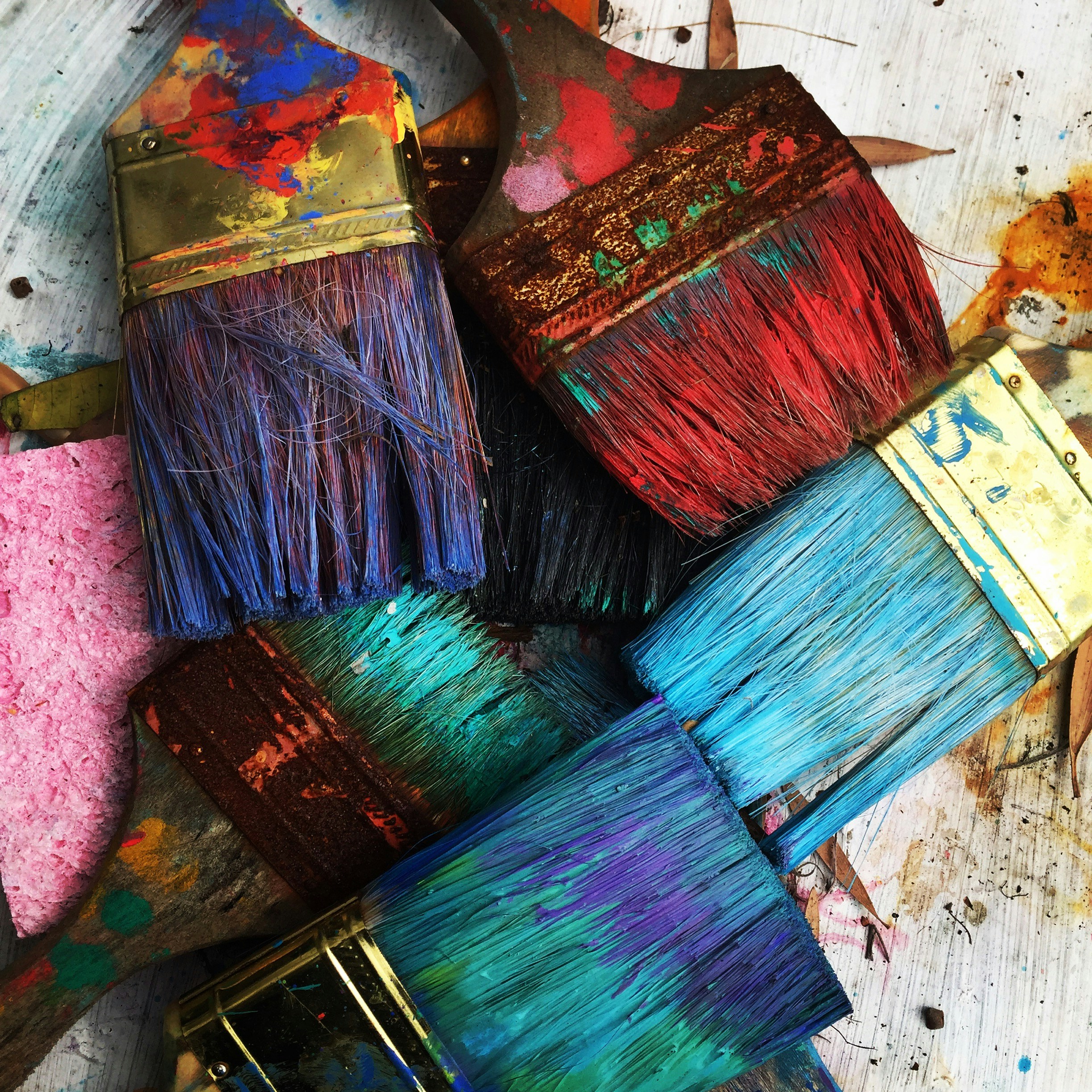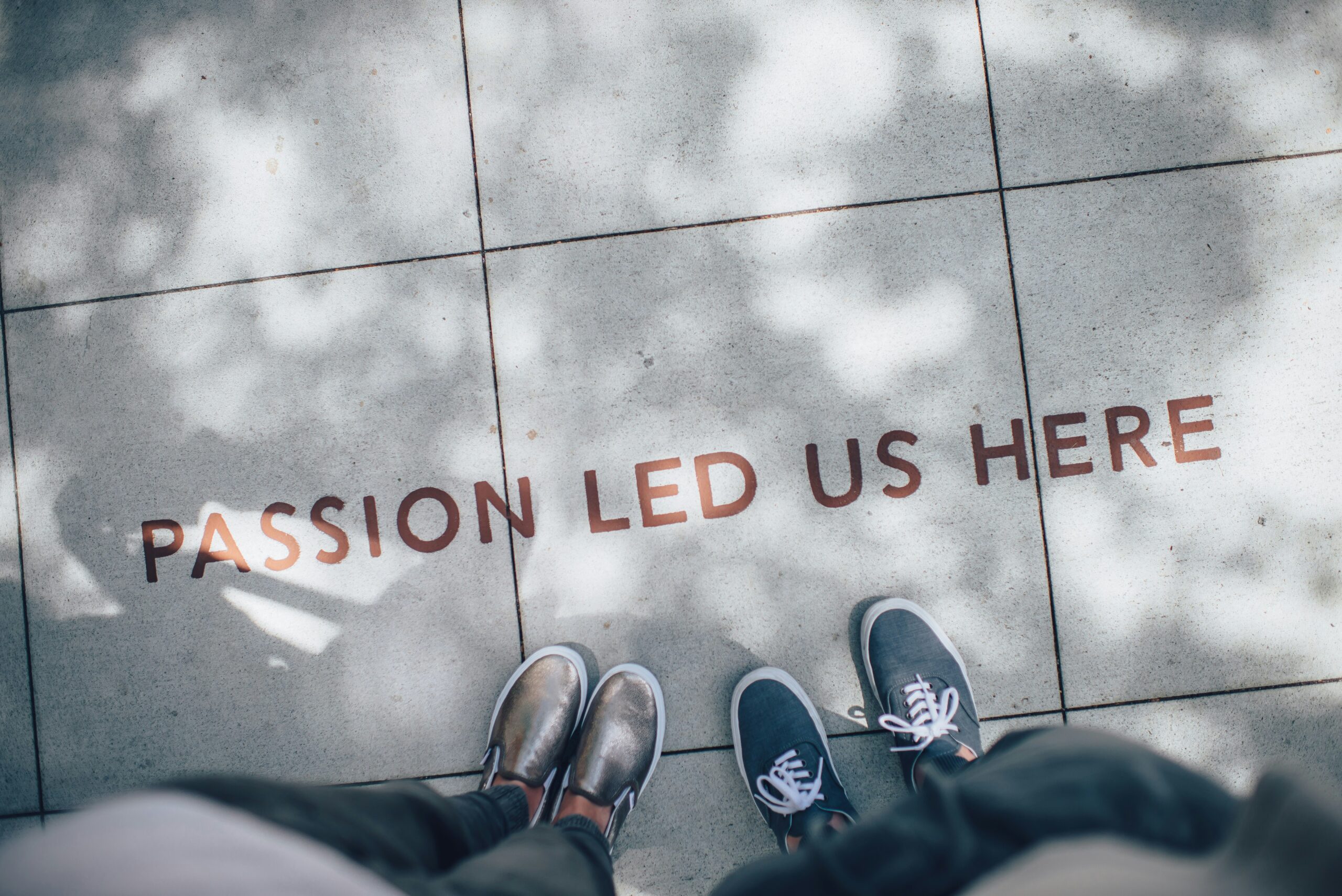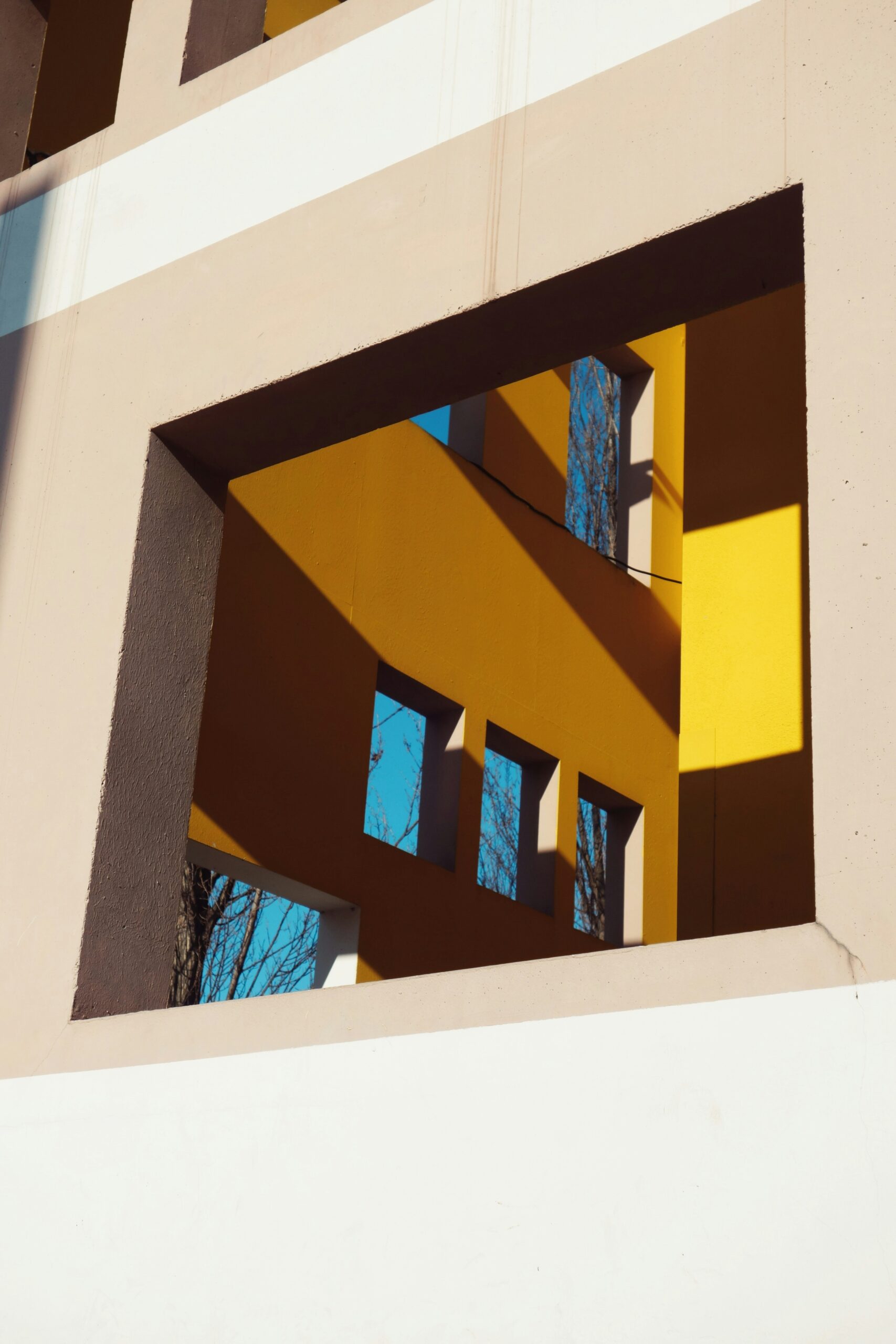Understanding Creative Blockages
Creative blockages are often described as periods where an individual is unable to produce new ideas or artistry, hindering their creative process. Various factors contribute to these mental obstacles, with psychological and emotional roots playing significant roles. Such barriers can manifest in different forms, impacting one’s ability to engage in creative endeavors.
One prominent type of creative block is the fear of failure. This fear serves as a powerful deterrent, causing creators to hesitate before embarking on new projects. The anticipation of disappointing outcomes can inhibit one’s willingness to explore innovative concepts, leading to stagnation and frustration. As the fear intensifies, the artist may find themselves paralyzed, unable to take the first step towards their creative vision.
Another considerable factor is perfectionism, a mindset where individuals set unattainably high standards for their work. This incessant striving for flawlessness can create an environment rife with pressure, ultimately overwhelming the creator. The challenge lies in balancing the desire for quality with the necessity of productivity. When perfectionism reigns, the urge to produce anything at all can become overshadowed by an acute awareness of imperfections.
Burnout also significantly contributes to creative blockages. Professionals frequently face overwhelming workloads or deadlines, often leading to exhaustion and a diminished capacity for creative thought. This state occurs when individuals are unable to step back and recharge, causing their creative faculties to dull over time. It is crucial to acknowledge the signs of burnout and take the necessary steps toward recovery to restore one’s creative flow.
In recognizing the commonality of these barriers, artists, writers, and creators can understand that experiencing creative block is a shared human experience. Identifying the specific type of block one might be facing is the first step towards overcoming these hurdles and reigniting the creative spark.
Techniques to Break Through Creative Blocks
Creative blockages can manifest in various ways, hindering the flow of ideas and the overall creative process. However, several techniques can effectively assist individuals in overcoming these obstacles. One highly recommended method is freewriting. This practice involves setting a timer and writing continuously without worrying about grammar, punctuation, or coherence. The primary goal is to allow thoughts to flow freely, unlocking ideas that may have been suppressed. By engaging in freewriting, individuals can often uncover hidden insights and inspirations that pave the way for further creative exploration.
Another effective technique is brainstorming. This method encourages the generation of numerous ideas, no matter how unconventional or vague they may seem. Setting aside a specific time for brainstorming, preferably in a collaborative environment, can stimulate creativity through collective thinking. Utilizing mind maps or lists can help visualize connections between ideas, showcasing pathways that may lead to breakthrough moments.
Changing one’s environment can also play a crucial role in addressing creative blockages. A familiar setting may contribute to stagnation, while new surroundings can inspire fresh perspectives. Whether it involves working in a café, a park, or even a different room at home, altering one’s environment can refresh the mind and activate creativity. This change can break the monotony, encouraging innovative thinking.
Lastly, embracing imperfection is vital in overcoming creative blockages. Many individuals fall into the trap of seeking perfection, which can stifle creativity. Adopting a mindset that appreciates the value of mistakes and welcomes experimentation fosters a more fluid creative process. Allowing oneself to create without the pressure of perfection often results in unexpected and delightful outcomes, further enhancing one’s creative journey.
Employing these techniques can significantly mitigate creative blockages. Each method offers a unique approach, allowing individuals to discover what resonates with their creative style. By experimenting with freewriting, brainstorming, changing environments, and embracing imperfection, one can reignite their creative spark and engage more fully in their artistic endeavors.
Embracing the Creative Process
Approaching creativity as a dynamic process rather than a fixed destination is crucial for artists and writers alike. This mindset shift allows individuals to engage more freely with their creative endeavors, acknowledging that artistic expression is not linear, but filled with peaks and valleys. The journey through creativity can be both exhilarating and challenging, underscoring the need for an attitude of acceptance toward oneself and one’s work. Accepting that not every effort will yield satisfactory results is an essential step in reducing the pressure that often leads to creative blockages.
Nurturing patience is equally important. Many creators become frustrated when their work does not unfold as anticipated. Embracing the creative process means allowing ideas to develop organically over time. Renowned playwright Samuel Beckett famously stated, “Ever tried. Ever failed. No matter. Try again. Fail again. Fail better.” This sentiment speaks volumes about the iterative nature of creativity. By viewing each setback as an opportunity for growth, artists can cultivate resilience and adaptability in their craft.
Moreover, self-compassion plays a vital role in this journey. Creative individuals often hold themselves to unrealistic standards, leading to self-doubt and pressure that can stifle their imagination. By practicing self-compassion, one can acknowledge these feelings without judgment and grant oneself the grace to navigate through challenging times. For example, the celebrated author Maya Angelou experienced moments where she doubted her voice yet persevered, ultimately producing profound works that continue to inspire.
By embracing the creative process with an open heart and mind, artists can find solace in their journey. Recognizing the fluidity of creativity encourages a positive mindset, where failure becomes a stepping stone rather than a barrier. Ultimately, this shift fosters a more sustainable and fulfilling creative practice, paving the way for genuine expression and artistic fulfillment.
Building a Supportive Creative Environment
Creating a supportive environment is pivotal for overcoming creative blockages. Surrounding oneself with inspirational individuals often leads to the exchange of ideas, encouragement, and motivation. Engaging with a community of like-minded creatives can foster collaboration and ignite inspiration, as these interactions often yield fresh perspectives that rejuvenate stagnant artistic energy. Joining creative groups—whether local or online—provides an excellent opportunity to share work, gain valuable feedback, and participate in stimulating discussions that can spark new creative avenues.
Seeking feedback is a crucial aspect of maintaining a supportive creative atmosphere. Constructive criticism from peers not only helps refine one’s work but also builds confidence. It is essential to establish a network of trusted individuals who can provide honest yet positive evaluations. Participating in workshops, critique sessions, or online forums can enhance the creative journey significantly, offering insights that might go unnoticed in solitary endeavors. This sort of engagement helps broaden one’s creative boundaries and instills a sense of belonging within a larger artistic community.
Additionally, incorporating creative rituals can be beneficial in stimulating artistic flow. These rituals can be as simple as dedicating specific times for creative work, using particular tools, or establishing a pre-creative routine that helps to signal the transition into a creative mindset. Such practices can serve as catalysts to trigger imaginative thoughts, making it easier to enter a state of flow.
Furthermore, the physical workspace plays a vital role in nurturing creativity. A clutter-free and visually appealing environment can significantly impact one’s creative output. Personalizing a workspace with inspiring art, plants, or creative supplies encourages a sense of ownership and comfort, which is essential for creative expression. By intentionally designing a space conducive to creativity, individuals can cultivate an atmosphere that not only reflects their artistic identity but also supports ongoing inspiration.


